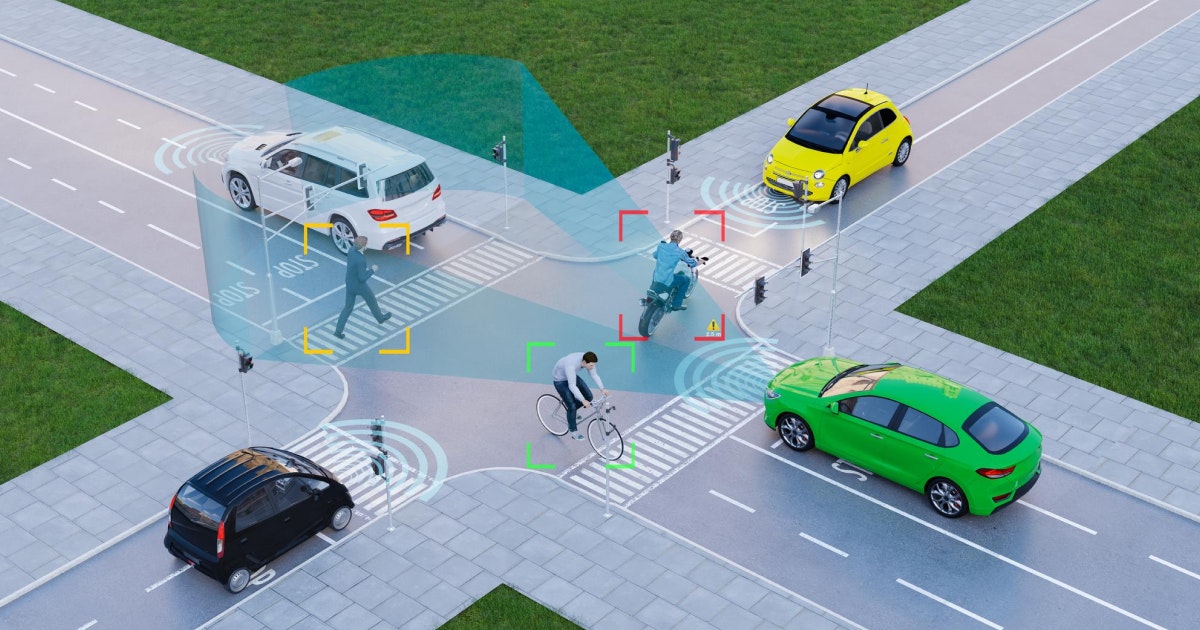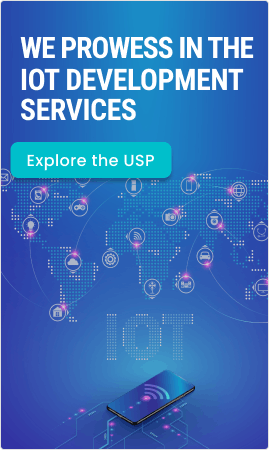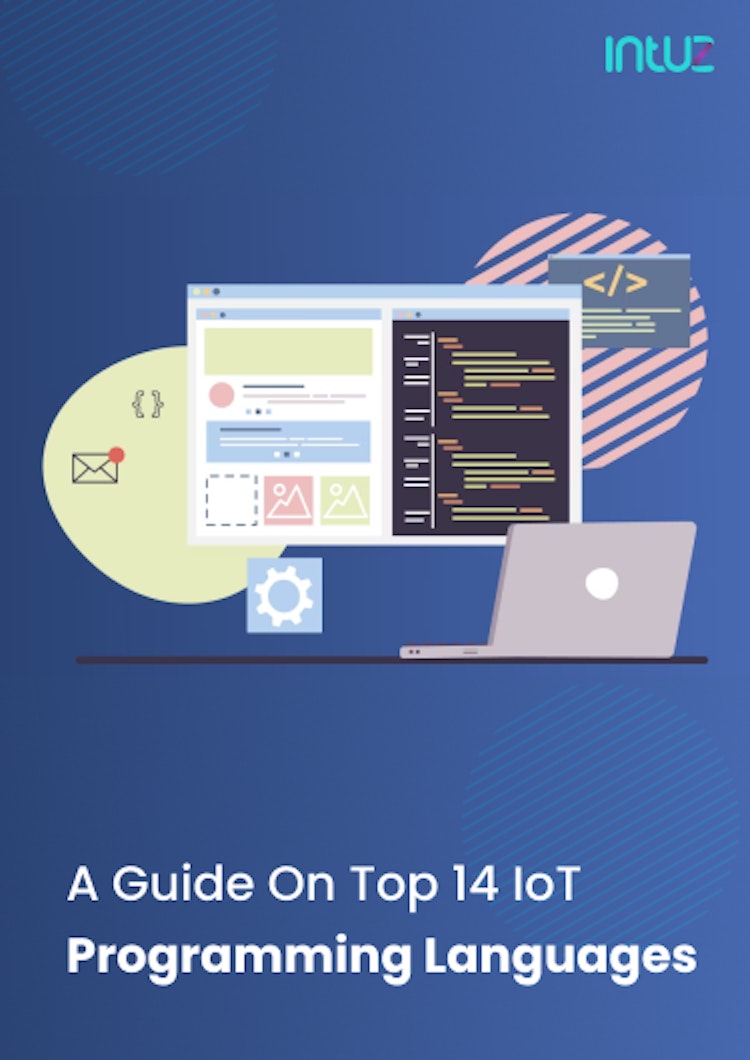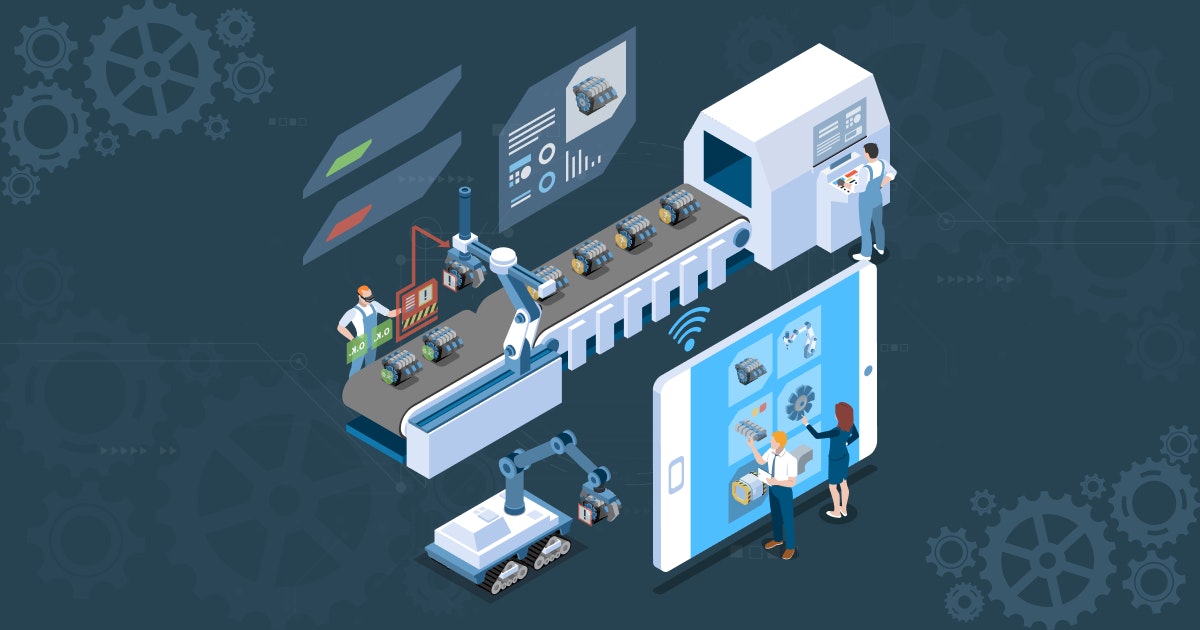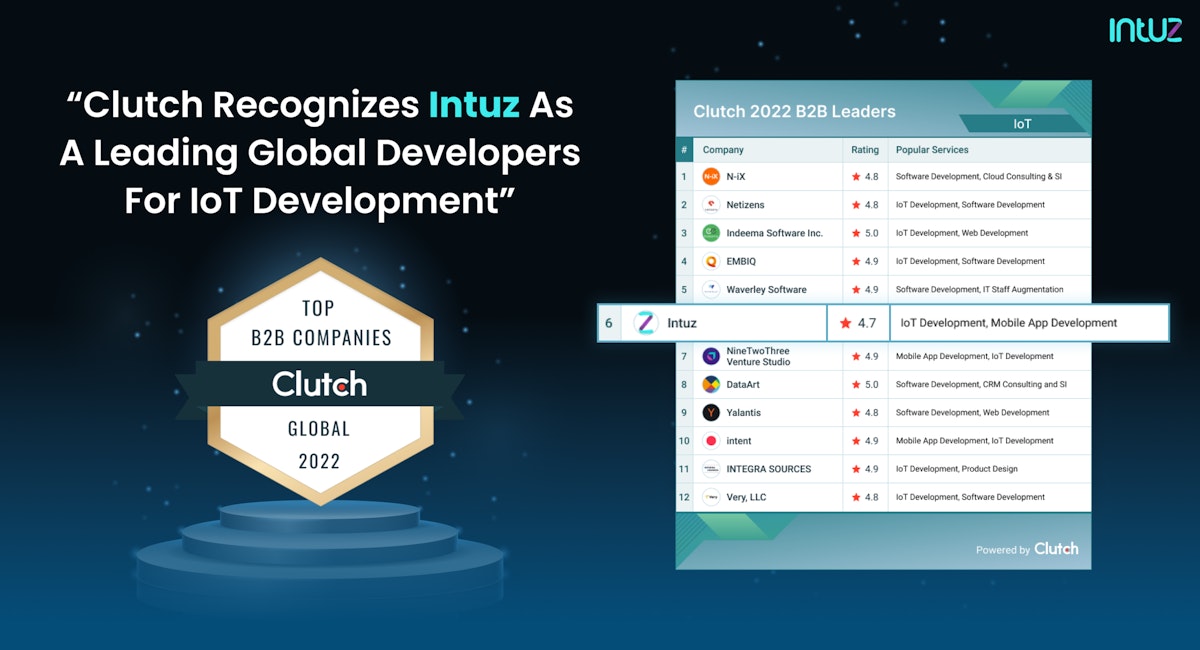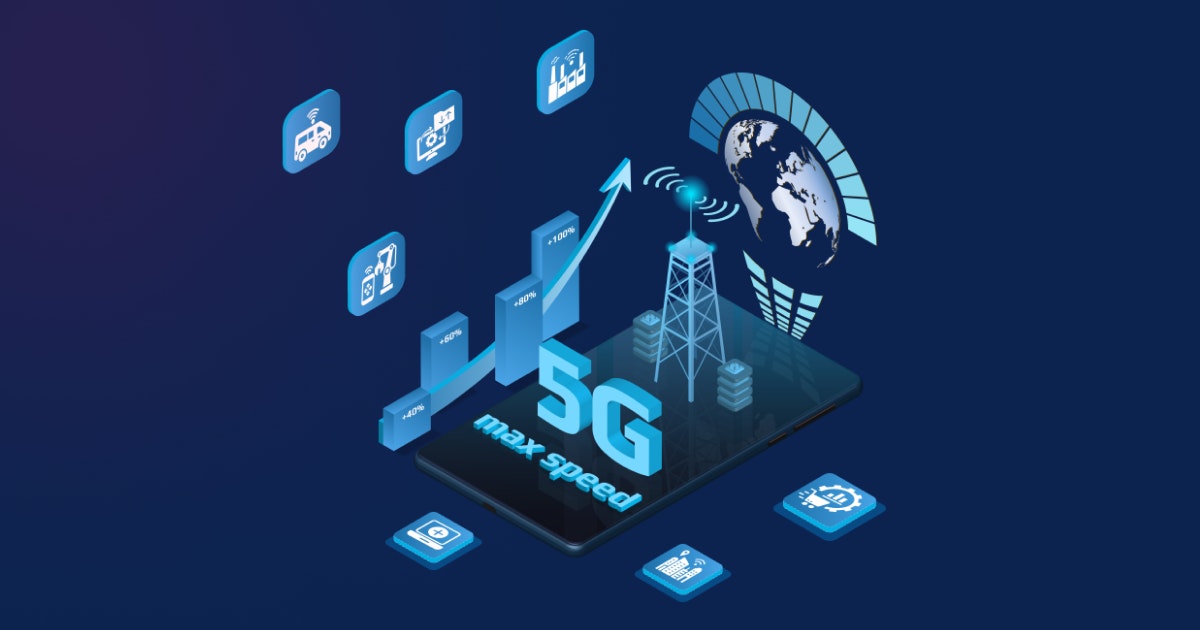Table of Content
The automotive industry is rapidly moving towards innovation in the form of connected car solutions that make vehicles smarter in every sense. To meet customer demands and stay ahead of the competition, automobile companies must utilize advanced technologies to offer increasingly innovative features in new vehicle models.
That is where the Internet of Things (IoT) enters the picture. The technology facilitates improved transportation efficiency, superior driving experience, and advanced vehicle management capabilities, paving the way for autonomous vehicles. In this article, we will study how automotive IoT solutions are set to modernize vehicles:
What is automotive IoT?
Automotive IoT refers to integrating sensors, cloud computing, gadgets, Mobile applications, and other components into vehicles to function as a sophisticated system for connecting cars, fleet management, OEMs, predictive maintenance, insurance, and so on.
IoT in automotive enables manufacturers to implement robust innovations that transform cars into near-AI. Embedded automotive IoT solutions are the future. The continual rapid advancements in the speed of the technology inside the connected cars and mobile communications enable automotive manufacturers to offer a superior customer experience.
Automotive IoT is not a one-sided affair.
The use of automotive IoT solutions does not just stop at improving vehicle performance. It is also set to revolutionize other aspects of vehicle ownership, including customer convenience and safety. According to a study by Deloitte, 470 million connected vehicles will be on roads across the globe by 2025.
Automotive IoT solutions can help create safer roads by utilizing telematics systems connected to the cloud. From fleet management to vehicle diagnostics, the stakeholders can monitor their fleets in real-time and be alerted about potential safety issues.
Additionally, automotive IoT solutions enable cars to interact with their surrounding environment. This includes automated smart parking systems using sensors and cameras to identify empty parking spaces and driving systems such as lane-centering technologies.
However, this development poses a significant risk to connected vehicles. Furthermore, smart cars can seriously endanger nearby beings, infrastructure, and passengers if security is not ensured. Despite these dangers, connected vehicle adoption has accelerated thanks to popular brands such as Tesla and will continue over the next few years.
This momentum makes it crucial for the automotive industry to comprehend the nuances of securing connected vehicles - both at the manufacturer level and industry-wide - through regulations.
Let's Revolutionize Your Automotive Business with IoT Integration!
Contact UsAn overview on IoT for automotive: How the technology is modernizing vehicles
Automotive IoT solutions are transforming regular transport systems into connected vehicles. Their primary characteristic is the ability to send and receive data over the internet. With an onboard IoT device, vehicles can download new software that enhances the maps, providing real-time insights, fixing bugs, and increasing safety.
A smart car can communicate with other Internet-connected devices and vehicles like other IoT gadgets. It offers WiFi connections to passengers to increase comfort, ensure safety, and provide overall comfort and convenience. A connected car can also gather data that has analytical potential for businesses.
IoT technology helps optimize the internal operations of transportation companies. For instance, automotive IoT solutions enable telematics to assist in real-time location tracking, speed control, performance management, and data collection.
These features are essential for enhancing car navigation, collision avoidance, obstacle detection, parallel parking, and other functions. IoT sensors can help track the condition of the car and monitor driver behavior.
How will IoT solutions power up modern vehicles?
Automotive IoT solutions are designed to improve the performance of vehicles in various ways. They use advanced technologies such as cloud computing, information sharing, and IoT data analytics to modernize vehicles. By using IoT sensors, you can measure parameters such as temperature and engine performance.
Using the data, modern cars can adjust their settings according to the driving conditions. This kind of data-driven optimization can lead to improved fuel efficiency, better handling, and a more reliable ride. Automotive IoT solutions also allow for remote access features such as automatic unlocking or starting the car from the driver’s smartphone.
IoT solutions for the automotive industry [Applications]
The possibilities of IoT applications extend far beyond the boundaries of today’s automotive industry. Connected vehicle systems could monitor air quality, traffic flow, or even road conditions in real-time. Implementing IoT technologies can help transportation businesses profit from the following things:
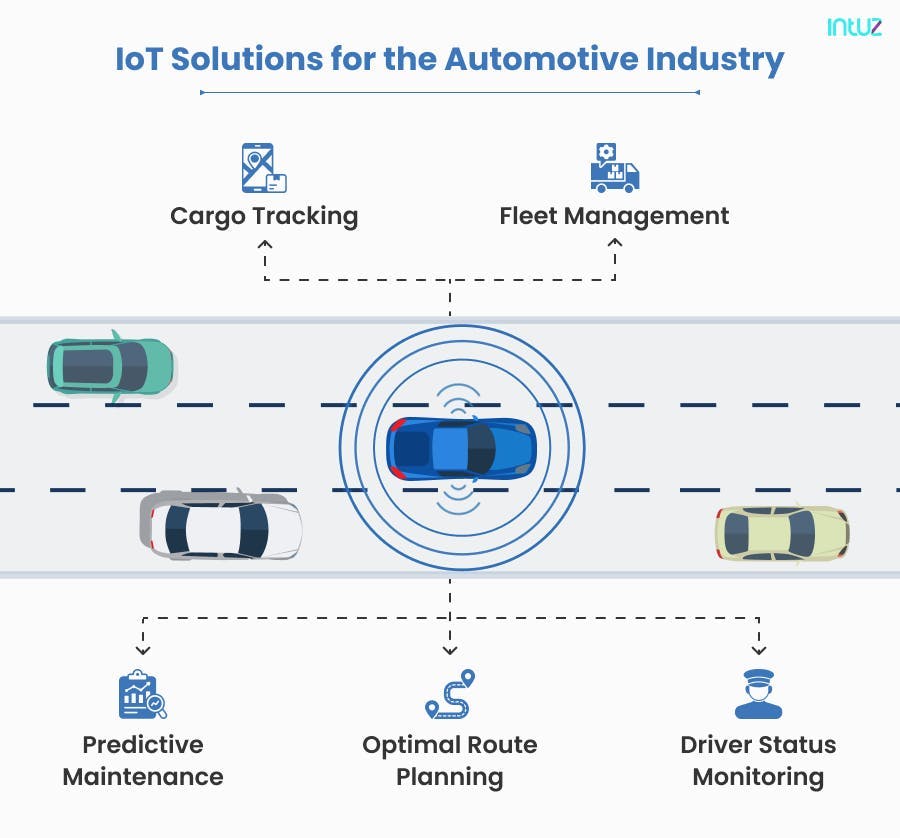
1. Cargo tracking
The business can monitor environmental conditions to control temperature, humidity, possibly ventilation conditions, and other parameters to protect the cargo by fitting sensors. IoT makes monitoring delicate and perishable cargo simpler by detecting adverse conditions in advance.
2. Fleet management
It is simple to monitor the vehicle's fuel and oil levels, tire pressure, current position, and driving style to evaluate its efficiency by fitting it with IoT sensors. The corporation gains more control over transportation and lowers driver danger by tracking vehicles in real time. Additionally, adhering to all safety and environmental standards is much simpler when you have up-to-date knowledge of the car.
3. Predictive maintenance
Potential breakdowns can be predicted by analyzing the data collected by IoT sensors. They detect strange noises or vibrations made by the equipment. Any cracks or malfunctions are reported to prevent failure. Companies can reduce subsequent financial loss and reputational risk by preventing unexpected breakdowns.
4. Optimal route planning
Companies can get the best directions to avoid accidents, traffic jams, unpleasant weather conditions, and slow-speed modes. They gather information by accessing the internet and connecting with other drivers or the road's infrastructure. Real-time Internet access can enable fast communication between drivers, managers, and clients. If a problem arises, the route can also be corrected right away.
5. Driver status monitoring
The use of IoT automotive solutions offers information and insights into driving behaviors. Sudden movements, sharp acceleration, or deceleration may negatively impact the condition of the car and the driver's health. Additionally, sensors can detect driving inefficiencies, such as excessive idling, and immediately alert the driver. The driver may be given IoT wearables to monitor their health in real time if they work under challenging conditions.
6. Vehicle-to-Everything (V2X) communication
The V2X technology uses sensors, wireless connectivity, and cameras to allow your car to share real-time information with other cars, drivers, traffic lights, pedestrians, and more. By creating a link with multiple entities, the technology ensures safer and easier traveling.
It improves traffic infrastructure by connecting several components with your vehicle, including other vehicles, road infrastructure, pedestrians, and the network. Leveraging V2X, you can enjoy fuel efficiency, improved safety, and time and money savings.
7. Advanced Driver Assistance Systems (ADAS)
ADAS is a collection of systems created to improve the driving experience and safety by adapting, enhancing, and automating different vehicle systems. This technology uses sensors, radars, cameras, and algorithms to detect potential issues, monitor the vehicle’s surroundings, and alert drivers to take the right action at the right time to avoid situations like accidents.
8. Autonomous vehicles
IoT-based autonomous vehicles interact with the road infrastructure to provide real-time updates on traffic, weather, and accidents. It will be easy for you to maintain the value chain of your vehicle through predictive vehicle maintenance and telematics-based insurance.
Critical challenges faced by connected cars
Connected cars are exposed to the same security and privacy concerns as other connected devices. As a result, there is a need for automotive companies to pay special attention to protecting data both in transit and at rest. Additionally, smart cars need regular updates to keep up with technological changes and security threats.
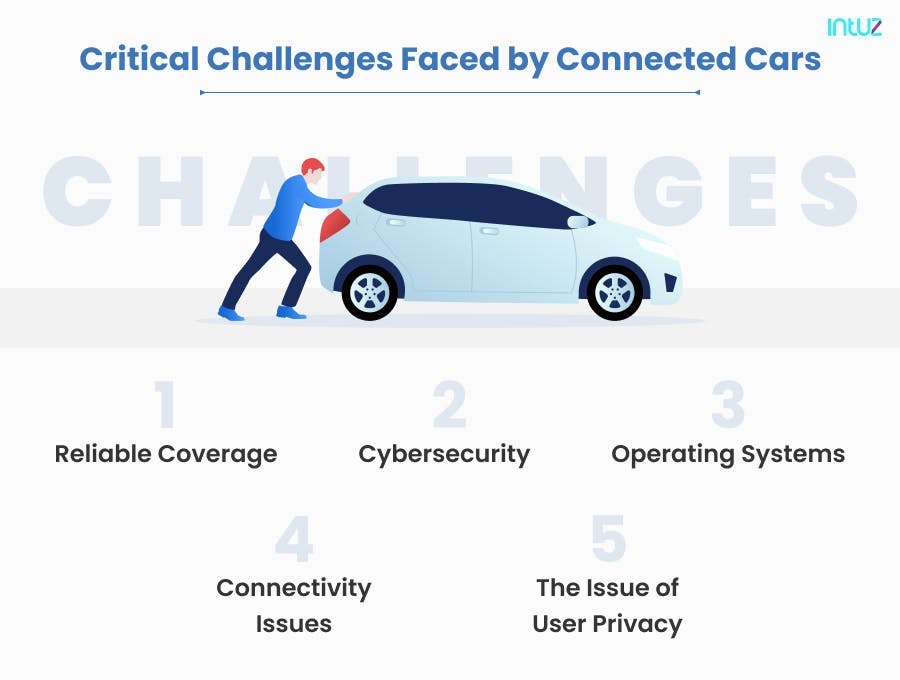
1. Cybersecurity
The automotive sector has not made cybersecurity a top priority yet. Manufacturers will need to prioritize investment in more thorough security testing and protective measures as a connected car's functionality is much more software-based.
2. Reliable coverage
Developing reliable connections is a significant obstacle for automakers. Professional and high-bandwidth communication is necessary in smart cars for maintenance tasks and cutting-edge features such as assisted and driverless driving. Even the tiniest service interruption can move away from safe navigation and move towards an accident.
3. Operating systems
Connected cars and infotainment systems go hand-in-hand. But when deploying cloud links, the auto and tech industries have yet to be close allies. Some risk-averse automakers are reluctant to hand over control of their systems to outside tech companies.
4. Connectivity issues
The actual data connection itself is also changing. With innovations like automatic emergency braking and blind spot monitoring, auto safety technology has advanced. But Vehicle-2-Vehicle (V2V) connectivity still needs to improve for significant advancement.
Its ability to exchange information about the speed and position of surrounding vehicles shows excellent promise in avoiding crashes, improving the environment, and easing traffic congestion. It should be necessary for automotive IoT companies to advance V2V communication's life-saving potential into reality.
5. The issue of user privacy
Data use and protection must be considered while analyzing the trend toward an integrated product (software and a vehicle from the same manufacturer). No one wants to lose control of the data that connected cars create in large quantities. Maintaining client confidence is also crucial.
IoT-Based Monitoring And Speed Control Of Automotive Motors
Learn MoreBenefits of automotive IoT solutions
IoT solutions convert conventional vehicles into an intuitive means of transportation that leverage AI-powered driving assistance, direct car-to-car interaction, predictive maintenance, and other advanced functionalities - offering enhanced road safety and driving efficiency to businesses and individuals alike. Here are the benefits of automotive IoT solutions:
1. New revenue streams
Automotive companies can generate a new revenue stream by offering a wide range of IoT-based products and services. For instance, by connecting the automotive car with smart home systems, the brands facilitate consumers to operate their home appliances remotely. This can lead to collaboration with home appliance manufacturers and help automotive companies boost their bottom line.
2. Production optimization
By implementing IoT technology into their production units, automotive companies can optimize productivity significantly. For example, Ford has implemented IoT sensors in its production units to track every stage of the manufacturing process including production, machinery, inventory, and more. Companies can speed up manufacturing and improve overall productivity.
3. Remote software updates
The numerous software-dependent parts of a car can be updated “Over The Air (OTA)” using IoT connectivity. For instance, updating the software over the air is more likely to fix a malfunctioning speaker system - which is much more efficient than visiting the manufacturer. Even a car's electronic control units can be remotely updated.
One of the IoT use cases involves car manufacturers automating production processes to enhance quality control and minimize the likelihood of human error.
4. Traffic prediction
IoT sensors are becoming more prevalent in traffic control and CCTV cameras. These are deployed on highways and bridges, where they continuously gather data to help reduce traffic congestion and foresee potential congestion points before they occur. Automotive IoT solutions help transmit the data to the drivers and alert them to suggest a better route, thus removing bottlenecks on the road.
5. Easier parking
Looking for parking in an urban setup leads to a loss of time and fuel while impacting the environment through emissions. Automotive IoT solutions integrated with connected cars refer to historical data to identify peak timings and notify the drivers accordingly. They use real-time updates to find the parking space instead of searching for it on-site, which can be a frustrating experience altogether.
Real-life examples of automotive IoT solutions
Tesla
Tesla allows users to connect their mobile to its car using various features including making service appointments quickly, controlling the temperature of the vehicle remotely, and more.
The brand has developed a driver assistance system using autopilot technology. This solution is designed to improve the convenience and safety of the drivers. Tesla’s autonomous vehicles are equipped with powerful vision processing and multiple external cameras to add a robust layer of safety.
BMW
BMW’s vehicles come with the ConnectedDrive platform, which uses IoT to provide remote vehicle control, intelligent navigation services, and real-time traffic information.
Integrated IoT sensors monitor different vehicle components and send data to the cloud platform for analysis. It improves overall durability and reliability by offering proactive vehicle maintenance.
Volvo
Volvo uses IoT in its autonomous vehicles to improve vehicle performance and driving experience. Volvo uses XC90 camera sensors and advanced steering wheels that monitor the driver's eye gaze and posture. When the system detects the driver is distracted, it sends an alert and the vehicle stops automatically.
Apart from this, Volvo vehicles have features like predictive maintenance, advanced driver assistance systems, transport control centers, in-vehicle infotainment systems, and more using IoT technology.
Ford
Autonomous vehicles of Ford contain IoT solutions that help improve vehicle quality and driving experience. They use GoPark and GoDrive (a predictive parking system) which allow users to identify a suitable parking space. They also use the FordPass system which acts as a hub of connected car services such as vehicle location, car sharing, and more. Ford uses various IoT applications for its automotive vehicles.
When innovation meets the automobile industry
Today, changing customer preferences and the infiltration of new technology have disrupted the automotive industry in many ways. Curbing emissions is the need of the hour and automotive businesses need to react to industry changes in real time, all while innovating their business models and working seamlessly with vendors and partners within their ecosystem. Here is how companies can make it happen:
1. Automotive maintenance systems
One of the most astonishing aspects of IoT automotive is predictive analytics. Sensors built into various car parts collect and share data on a platform. An algorithm that can analyze the component's future outcomes based on its performance then processes this data. Using the automotive maintenance system, a person can check their car's performance and fix any broken parts.
2. Real-time vehicle telematics
A complete security solution is a real-time vehicle tracking system. This technology enables the use of various techniques, such as GPS, to locate a vehicle. Additionally, it makes use of other satellite and ground-based operating navigation systems.
The tracking system installed inside the vehicle fetches accurate real-time data and shows up-to-date location. It alerts the car driver instantly when the vehicle crosses the set geographical range.
3. In-vehicle infotainment
Along with other smart car features, WiFi capabilities have carved a niche for smart infotainment systems. Car owners can remotely control various car accessories like the music system and GPS using a smartphone connection. They can currently connect their vehicle to their mobile device using a broad range of built-in and third-party applications.
4. Autonomous vehicles
Many automakers are working to create a fully autonomous vehicle that will take over all aspects of driving from the driver. Even though progress has been made in this area, they have not yet created a fully autonomous vehicle.
To reduce human error and improve comfort and safety while driving, smart cars now include various proximity sensors, cameras, and IoT integration.
Ready to Upgrade Your Vehicles with Custom IoT Solutions?
Explore servicesOver to you
Automotive IoT solutions can address critical urbanization-related issues such as congested roads, overcrowded bus systems, and crammed rush-hour subway cars.
This means that smart cities will function more effectively in the future due to the data that connected vehicles provide. These IoT-powered solutions will improve our lives, from locating available parking spaces to identifying potholes and alerting drivers to minimize potential hazards.
It is, therefore, important for automotive IoT systems to be open, future-proof, and up to the highest standards of security and reliability. You have our support if you want to gain a competitive edge in the connected vehicle IoT ecosystem.
Book a Free 45-minute Consultation with Our IoT Experts Today! Get a customized roadmap and strategies to leverage IoT for your automotive business.
